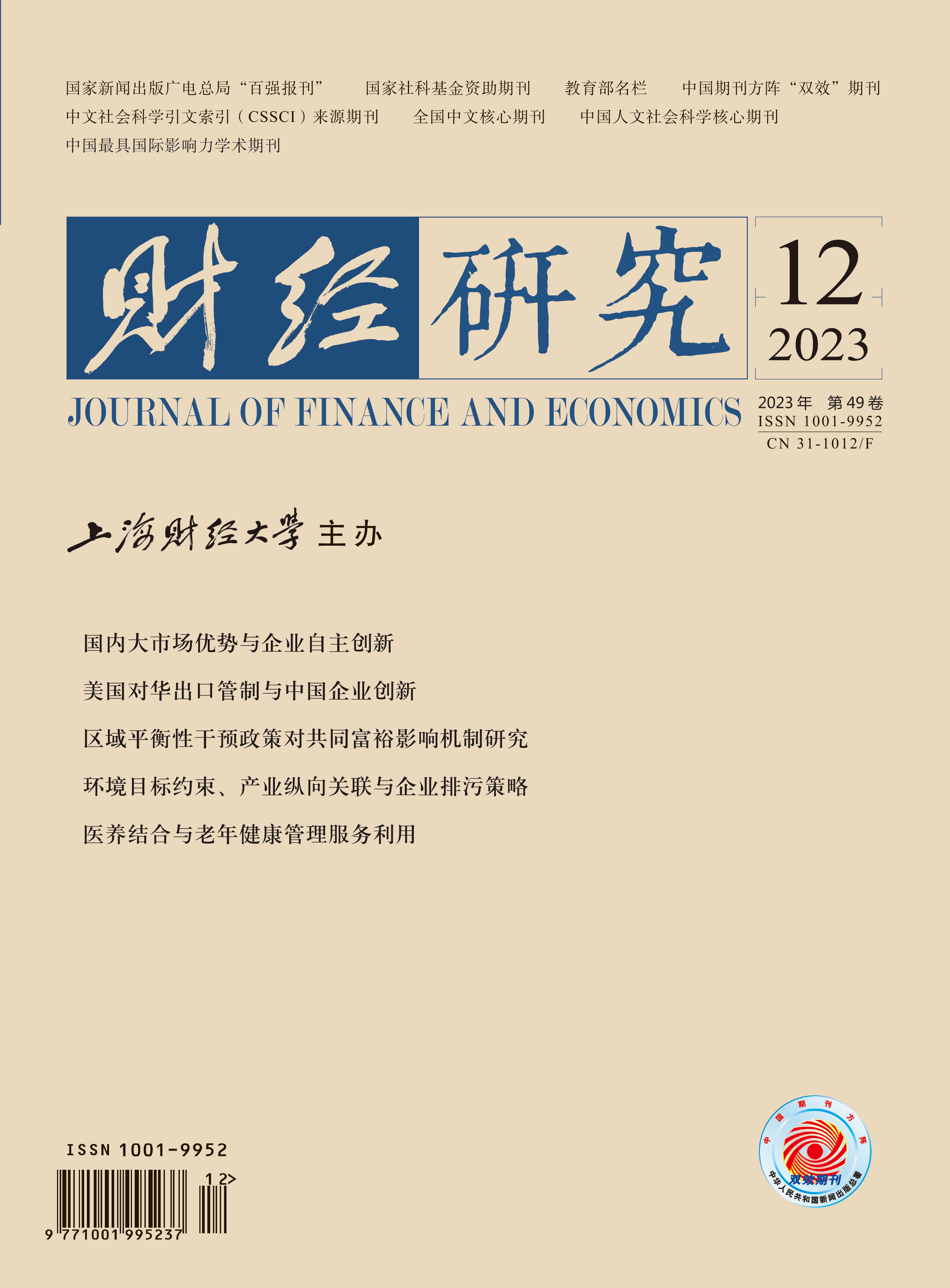Green development is an inevitable requirement for breaking the constraints of China’s resources and environment, optimizing industrial structure, improving international competitiveness, and accelerating the transformation of development mode. An in-depth analysis of the emission reduction differences and related emission reduction logics between the upstream and downstream industries of vertical industrial structure under environmental target constraints plays an undeniable role in optimizing the resource allocation in upstream and downstream industries and promoting the coordinated emission reduction of China’s economic growth and pollution.
Based on the panel data of industrial enterprises from 2003 to 2009, a multi-temporal DID empirical framework is constructed to explore the impact of environmental target constraints on corporate emission strategies from the perspective of vertical industrial linkage. Benchmark research finds that environmental target constraints significantly reduce pollutant emissions from upstream and downstream industries. Mechanism testing finds that environmental target constraints enable enterprises to respond to emission reduction through the effects of gross output value and technology. Downstream industries mainly achieve emission reduction by reducing output value, while the impact on upstream industry output value is not significant. Upstream industries mainly achieve emission reduction through end-to-end technology, while downstream industries rely on front-end technology. Heterogeneity analysis reveals that emission reduction efforts are dominated by the raw material manufacturing industry in the upstream sector and the non-food processing industry in the downstream sector, regional enterprises with high industrial agglomeration and marketization degree and low promotion pressure, non-state-owned enterprises, and heavy polluting enterprises have significant pollution reduction.
The marginal contributions of this paper are as follows: First, in terms of research perspective, the research on environmental regulation and corporate emission reduction is supplemented from the perspective of vertical industrial linkage. Second, in terms of research method, a multi-temporal DID model is used for estimation, effectively addressing the challenge of inconsistent time-point estimation for environmental target constraints. Third, in terms of theoretical basis, it incorporates the “compliance cost” theory and the “Porter hypothesis” theory into a unified framework, thereby elucidating and validating the applicability of the two theoretical logics under the salient characteristics of China’s economic system. Fourth, in terms of emission reduction channel, the emission reduction path constrained by environmental targets is explored from the perspective of vertical industrial linkage, and the transmission path of pollution emission linkage between upstream and downstream industries is clarified.





 5308
5308  4438
4438

